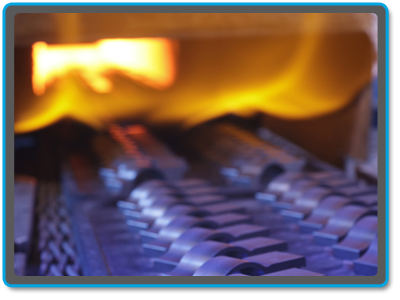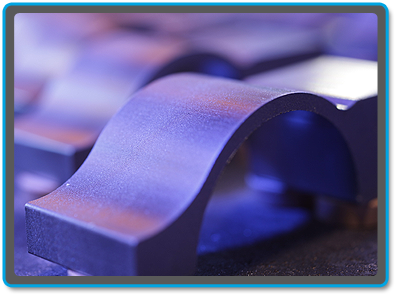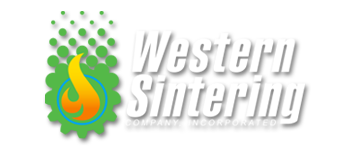Controlled Atmosphere Sintering
Precision and Control
Controlled Atmosphere Sintering is the process of forming a solid mass of material by heat and/or pressure without melting it to the point of liquefaction. The study of sintering in metallurgy powder-related processes is known as powder metallurgy. An example of sintering can be observed when ice cubes in a glass of water adhere to each other.
Sintering happens naturally in mineral deposits or as a manufacturing process used with metals, ceramics, plastics, and other materials. The atoms in the materials diffuse across the boundaries of the particles, fusing the particles together and creating one solid piece. The sintering temperature does not have to reach the melting point of the material being sintered and thus the pressed component maintains its shape during sintering.
At Western Sintering we use controlled atmosphere sintering in our sintering furnaces. Our furnaces are electric heat with Hydrogen and Nitrogen used as a protective atmosphere in the sintering of our compacted powder metal parts. The Nitrogen acts as a cover gas and the Hydrogen acts as an oxide reducer for the parts being sintered.
One analogy for these two sintering atmosphere gases is to think of the Nitrogen as Water and the Hydrogen as Soap in helping to keep the pressed powder metal parts clean of oxides/oxidation while going through the sintering process. With our ability to fine tune the amount of each of these gases in our furnaces along with precise temperature control we can tailor our sintering to the needs of the different parts that we sinter.




